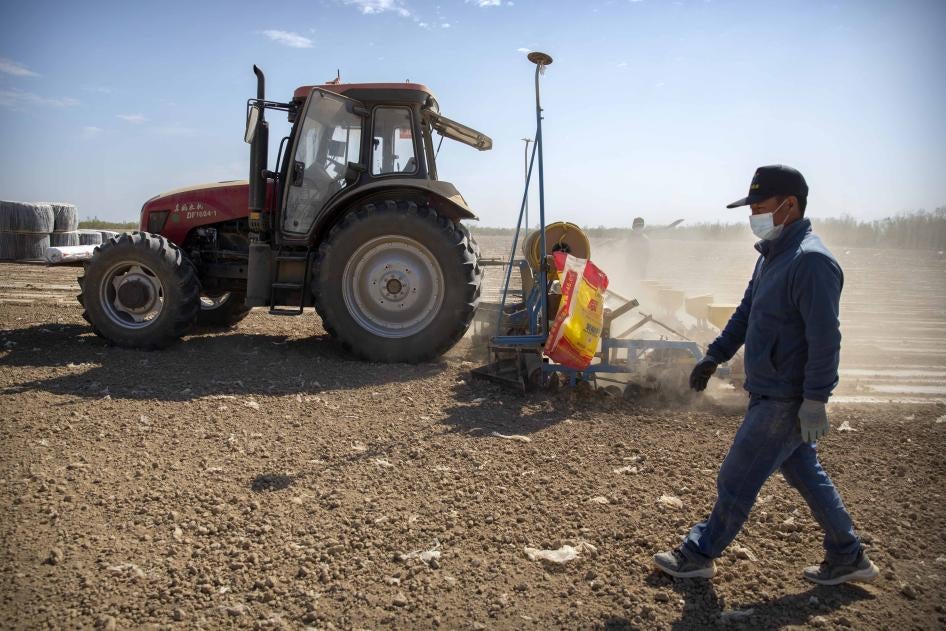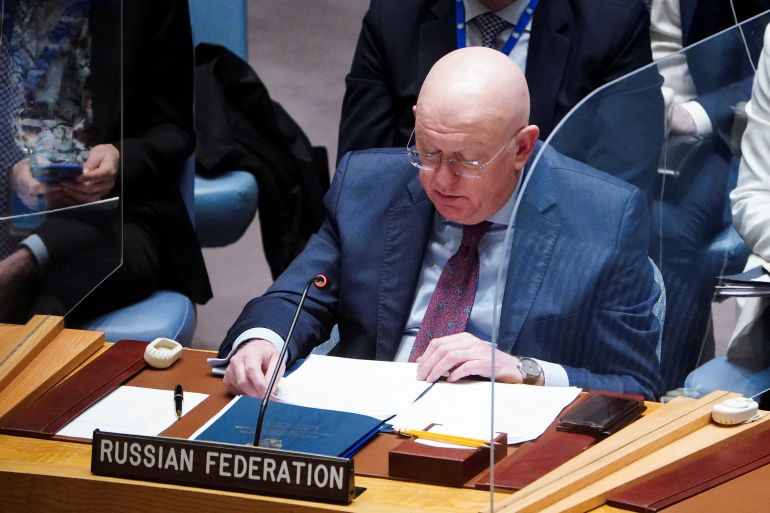Pressure builds on Biden to repay Venezuela’s goodwill moves
By JOSHUA GOODMAN and REGINA GARCIA CANO
Gas prices are displayed at a Mobil gas station in West Hollywood, Calif., Tuesday, March 8, 2022. The average price for a gallon of gasoline in the U.S. hits a record $4.17 on Tuesday as the country prepares to ban Russian oil imports. (AP Photo/Jae C. Hong)
MIAMI (AP) — Pressure is building on the Biden administration to begin unwinding sanctions on Venezuela after President Nicolas Maduro freed two American prisoners and promised to resume negotiations with his opponents.
Maduro’s goodwill gesture came during a weekend trip to Caracas by senior White House and State Department officials that caught off guard Maduro’s friends and foes alike.
While the Biden administration is saying little about what was discussed behind closed doors, a smug Maduro — who has sought face-to-face talks with the U.S. for years — bragged that careful protocol was followed, with the flags of the two nations “beautifully united, as they should be.”
For the past five years, the U.S. has, with little success, tried everything from punishing oil sanctions to criminal indictments and support for clandestine coups in its campaign to remove Maduro and restore what it sees as Venezuela’s stolen democracy.
But Russia’s invasion of Ukraine has upended the world order, forcing the U.S. to rethink its national security priorities.
Hostile petrostates under U.S. sanctions like Iran and Venezuela are seen as the most likely to benefit as President Joe Biden seeks to mitigate the impact from a ban on Russian oil imports that may aggravate the highest inflation in four decades.
Venezuelan oil might help ease inflation pressures, at least psychologically and in the medium term, even if it would take time for significant supplies to reach the U.S.
But while Venezuela is eager to win relaxation of the economically devastating sanctions, there were signs Thursday it’s not ready to immediately abandon ties to key ally Russia.
Only days after the U.S. talks, Venezuelan Vice President Delcy Rodríguez met in Turkey with Russia’s Foreign Minister Sergey Lavrov on the sideline of his talks with Ukraine, according to a photo tweet from Russia’s embassy in Caracas, though no details of their discussions were released.
Still, the approach has changed in Washington.
“Clearly at some level a decision was made to abandon some of the pillars of the U.S. policy toward Venezuela these past few years,” said Brian Winter, vice president of the Council of the Americas. “But until we know precisely what the Biden administration is trying to achieve, it’ll be difficult to evaluate how far this détente can go.”
U.S. officials have not detailed any other specific outcomes of the talks, which were led by Juan González, who is responsible for Latin America on the National Security Council. It was the first Venezuela visit by a White House official since Hugo Chávez led the country in the late 1990s, and a rare opportunity to discuss policy issues with the Maduro government.
One official described it as “a constructive, diplomatic but very candid dialogue” that did not entail any quid pro quo but allowed the Biden administration to share its “view of the world” with Maduro.
White House press secretary Jen Psaki said Wednesday that it was an encouraging sign that Maduro decided to return to negotiations in Mexico with his opponents.
But neither she nor anyone else in the administration would say how the U.S. would reciprocate, if at all.
“There are a range of issues moving forward, but right now we’re just celebrating the return of two Americans,” Psaki said.
But some American lawmakers are hopeful that direct talks with Maduro can produce meaningful changes. Rep. Gregory Meeks, chairman of the House Foreign Affairs Committee, applauded Biden’s efforts and said he should next suspend oil sanctions to provide support for negotiations without letting up pressure on human rights abusers and corrupt officials.
“The Trump-era oil sanctions currently in place have only deepened the suffering of the Venezuelan people and failed to weaken Maduro’s control of the country,” Meeks said in a statement Wednesday.
One of the Americans released, oil executive Gustavo Cardenas, had been imprisoned in Venezuela since 2017, when he and several colleagues at Houston-based Citgo were lured to Caracas for what they thought was a meeting with their parent company, state run oil giant PDVSA.
Instead, masked security officers bearing assault rifles burst into a conference room and arrested the men. Later they were sentenced on corruption charges stemming from a never-executed plan to refinance some $4 billion in Citgo bonds by offering a 50% stake in the company as collateral.
Cardenas, in a statement Wednesday, said his imprisonment of more than four years “has caused a lot of suffering and pain, much more than I can explain with my words.”
The eight Americans who remain imprisoned in Venezuela, including five of Cardenas’ colleagues from Citgo, are an important obstacle to normal relations with Maduro.
But even if a release of the remaining prisoners seems remote, Winter says there is a small window now to keep momentum building, as the U.S. gears up for a long geopolitical standoff with Russia.
Among the options available to the U.S. is allowing Chevron — the last remaining American oil company in Venezuela — to boost production and possibly resume oil exports to Gulf Coast refineries tailor made to process the country’s tar-like crude, a U.S. official said prior to the weekend’s shuttle diplomacy. Under U.S. sanctions, Chevron is banned from negotiating with Maduro and doing all but basic upkeep on wells it operates in connection with PDVSA.
There has also been speculation the U.S. could seek to reopen its embassy in Caracas, which has been shuttered since the Trump administration and other governments in 2019 recognized opposition leader Juan Guaidó as Venezuela’s legitimate leader.
Much depends on how much Maduro sets aside his authoritarian impulses.
Even as he hosts top U.S. officials, Maduro has shown little sign he is willing to abandon Russian President Vladimir Putin. He spoke by phone with the Russian leader last week in a show of support and attended a rally in Caracas where Putin’s ambassador received a roaring ovation from ruling socialist party stalwarts.
Winter said Maduro will also have to show a real willingness to negotiate in earnest with his opponents and not use the talks as he has in the past as a delaying tactic to ease international pressure.
Opposition hardliners, as well as their allies in the U.S. Congress, have started to chastise Biden for abandoning a multilateral policy of isolating Maduro.
Wherever the outreach ends up, some Venezuelan government insiders are already giddy over the prospects of a better future if not the return to the days when they could buy up real estate in the U.S. and spend weekends in Miami.
“It’s the beginning of the end of the conflict,” quipped one wealthy Venezuelan businessman who has been a longtime target of U.S. federal investigators. He spoke on the condition of anonymity to discuss sensitive bilateral issues. “Now you’ll have to write about Russia and the oligarchs that the U.S. is going to pursue there.”
___
Associated Press writer Joshua Goodman reported this story in Miami and AP writer Regina Garcia Cano reported from Caracas, Venezuela. AP writer Eric Tucker in Washington contributed to this report.






